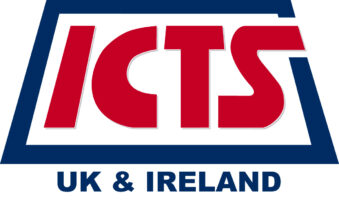News
Agreement needed to secure air traffic services post-Brexit
During today’s [11 October 2017] evidence session with the Treasure Select Committee, the Chancellor said that “it is theoretically conceivable that in a no deal scenario there will be no air traffic moving between the UK and the European Union on 29 March 2019. But I don’t think anybody seriously believes that that is where we will get to.”
Responding to his comments, Chief Executive of the AOA, Karen Dee said:
“It is welcome to hear the Chancellor recognise the importance of getting a deal with the EU on aviation. International aviation connectivity will be the foundation upon which a truly global Britain is built, enabling the UK’s trade in goods and services as well as supporting tourism.
“The Chancellor is right that we will need a new legal framework the day after Brexit to ensure continuity of air services. With airlines putting tickets on sale up to 18 months in advance of the date of travel, it is vital that a transition deal is agreed as soon as possible to give consumers and businesses the confidence their future travel will be uninterrupted.
“The AOA believes this is well understood on both sides of the negotiations. Airports stand ready to facilitate our future connectivity and look forward to working with the UK Government and our European partners to secure a deal that works for everyone.”
ENDS
Notes to Editors
- Aviation is legally unique: it is separate from trade agreements and does not form part of the World Trade Organisation (WTO) system. Instead, countries negotiate bilateral or multilateral air services agreements to provide airlines with the legal rights to fly to certain places. These can be very restricted (e.g. one flight a week to a specific airport only) or very liberal (anytime, anywhere).
- The EU’s Single Aviation Market was created in the 1990s and removed all commercial restrictions for airlines flying within the EU, such as restrictions on the routes, the number of flights or the setting of fares. As a result, all EU airlines (including UK airlines) may operate air services on any route within the EU, including domestically within an EU country (cabotage rights).
- The UK has air services agreements with 155 countries. Of these, 44 countries have air services agreements with the UK through the UK’s membership of the EU. They are the 27 EU Member States, the three EEA Member States, Switzerland, the six countries that form part of the European Common Aviation Area (e.g. the Western Balkans) and seven countries with which the EU has a comprehensive air services agreement with, including the US and Canada.
- These 44 countries account for around 85% majority of UK air traffic: the EU is the UK’s single biggest destination, accounting for 49% of passengers and 54% of scheduled commercial flights according to IATA.
- As aviation is not part of the WTO system, there is no fall-back possible on WTO-rules for air traffic services in the absence of an aviation agreement with the EU.



